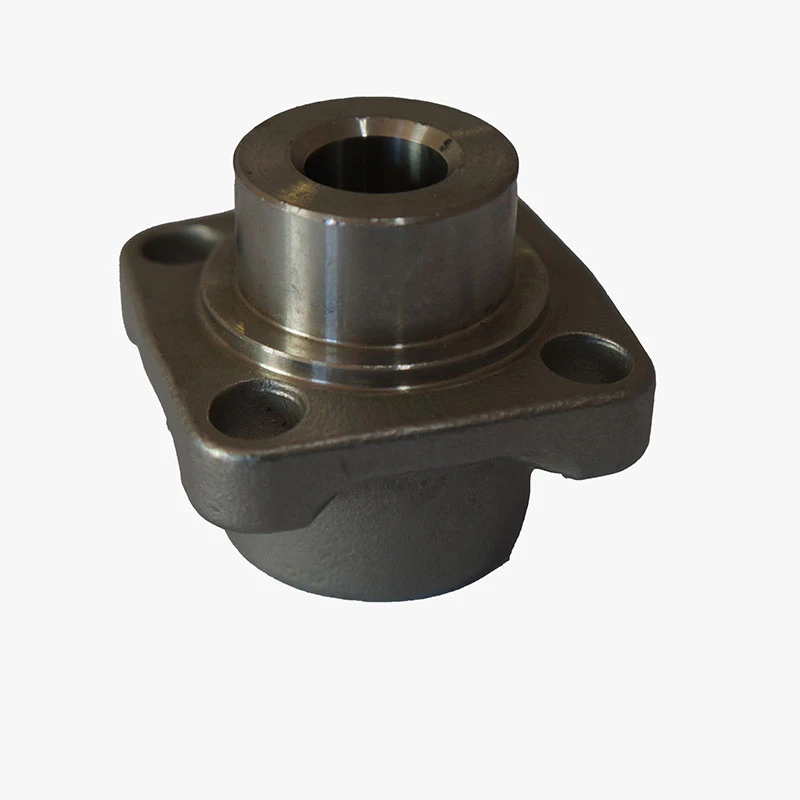Understanding the Role of Cores in the Sand Casting Process for Enhanced Quality
What is Core in Sand Casting?
Sand casting is a popular manufacturing process used to create metal parts and components. It involves forming a mold from sand and pouring molten metal into the mold cavity to produce parts with complex shapes and intricate details. One of the essential elements of the sand casting process is the use of cores, which play a crucial role in molding and shaping the final product.
Understanding Cores
In the context of sand casting, a core is a solid mass of material inserted into the mold to create internal cavities or geometric features that would be difficult to form with the mold alone. Cores can be made from various materials, with sand being the most common, although other materials like metal or ceramic are also used depending on the specific requirements of the casting. The use of cores allows for the production of complex internal geometries, such as passages, holes, or mixed elements, that enhance the functionality of the final cast product.
The Purpose of Cores
Cores serve several critical purposes in the sand casting process
1. Creating Internal Features The primary purpose of a core is to form internal features that cannot be crafted from the outer mold. For example, cores are essential in producing cylindrical holes, chambers, or other shapes within the cast part. These features are often critical for the part's functionality.
2. Improving Design Flexibility Incorporating cores into the casting design allows manufacturers to create more complex and versatile parts than would be possible with a simple mold alone. This flexibility is particularly valuable in industries like automotive and aerospace, where lightweight and intricately designed components are paramount.
3. Reducing Weight By using cores, manufacturers can create hollow sections within cast parts, thus reducing the overall weight without compromising structural integrity. This feature is particularly beneficial in applications where weight reduction leads to improved efficiency and performance.
4. Enhancing Material Properties The use of cores can also influence the mechanical properties of the cast part. By guiding the flow of molten metal and allowing for rapid cooling in specific areas, cores can help improve the strength and durability of the final product.
what is core in sand casting

Types of Cores
There are several types of cores used in sand casting, each with its specific advantages and applications
1. Sand Cores The most prevalent form, these are made from a mixture of sand, binder, and water. They are often used for complex shapes and high-volume production.
2. Metal Cores Sometimes, cores are made from metal, particularly when high dimensional accuracy or durability is required. Metal cores can be reused and provide excellent surface finishes.
3. Cement Cores In certain applications, cores made from cement may be used when heat resistance is necessary. These cores can withstand the extreme temperatures during the casting process.
Core Making Process
The process of making cores typically involves mixing sand with a binder and forming the mixture into the desired shape. After the cores are formed, they are cured to harden the material, ensuring that they maintain shape during the casting process. Once the cores are finished, they are placed in the mold before the molten metal is poured.
Conclusion
In conclusion, cores are an integral part of the sand casting process, enabling the production of complex and functional components with internal features. Their ability to enhance design flexibility, reduce weight, and improve material properties makes them invaluable in various industries. As technology advances and manufacturing demands evolve, the role of cores in sand casting will likely continue to expand, leading to even more innovative applications and improved casting techniques. Understanding the significance of cores in sand casting allows manufacturers to optimize their processes and create high-quality products that meet market needs.
-
Pros & Cons of Sand Casting: Products & ApplicationsNewsAug.19,2025
-
Advanced Crawler Drilling Rig for Confined Spaces-Baoding Hairun Machinery And Equipment Trading Co., Ltd.NewsAug.18,2025
-
Crawler Drilling Rig- Baoding Hairun Machinery And Equipment Trading Co., Ltd.|Pneumatic Power,Frame-Supported DesignNewsAug.18,2025
-
Precision OEM Valve Body Castings for Superior PerformanceNewsAug.18,2025
-
Crawler Mounted Drill Rig - Baoding Hairun Machinery | Underground Drilling SolutionsNewsAug.18,2025
-
Crawler Mounted Drill Rig - Baoding Hairun | Pneumatic Safety, Mining EfficiencyNewsAug.17,2025















